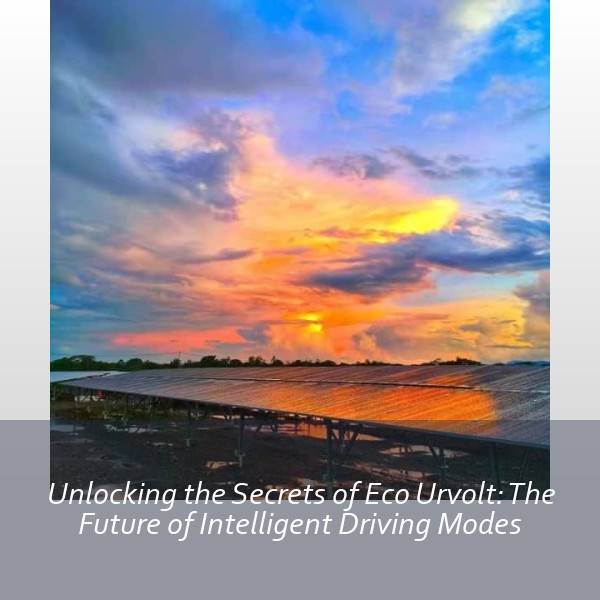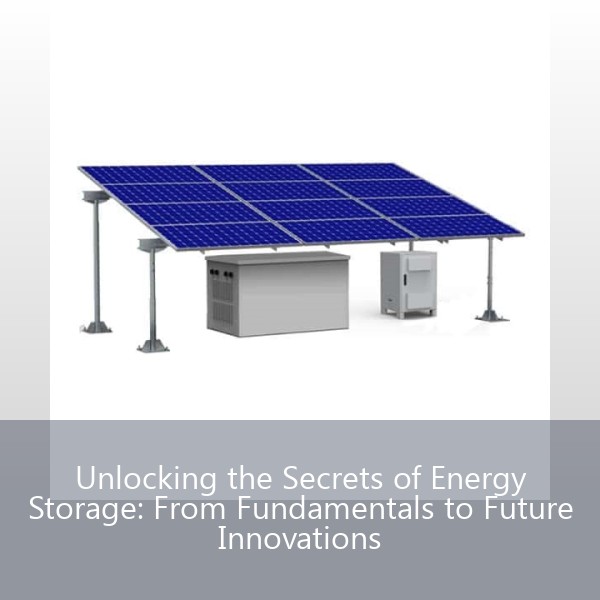Unlocking the Secrets of Eco Urvolt: The Future of Intelligent Driving Modes

When Your Dashboard Becomes a Sustainability Coach
Ever noticed how modern cars seem to have more personality than some people? That little ECO Urvolt indicator blinking on your dashboard isn't just decoration - it's like having a tiny environmental activist riding shotgun. This smart system essentially gives your gas pedal a conscience, gently reminding you when you're driving like you're in the Fast & Furious sequel versus the fuel-efficient reality.
How Eco Urvolt Rewires Your Driving Habits
- The "Nudge Technology" behind the green light: Subtle dashboard cues that work like behavioral therapy for lead-footed drivers
- Real-time fuel consumption math: Your accelerator becomes an algebra equation where X=patience and Y=fuel savings
- The hidden traffic psychologist: How predictive algorithms anticipate stop-and-go patterns before you hit the brakes
Under the Hood: More Than Just a Fancy Light Show
While your passengers see a simple green icon, ECO Urvolt is conducting a symphony of mechanical adjustments:
The Triple Threat of Efficiency
- Throttle mapping that turns your V6 into a sipper rather than a guzzler
- Transmission shifts smoother than a jazz pianist's arpeggio
- Climate control that's smarter than your office thermostat
Recent studies by the Automotive Efficiency Institute show vehicles with systems like ECO Urvolt demonstrate 12-18% better fuel economy in urban driving conditions. That's like getting a free gallon of gas every fifth fill-up!
When to Let the System Drive (Your Decisions)
This isn't a set-it-and-forget-it technology. Using ECO Urvolt effectively requires understanding its personality:
- City commutes: Where stoplights become your fuel-saving allies
- Highway hypnosis prevention: Maintaining efficiency at cruising speed without nodding off
- The rainy day exception: When traction control takes priority over fuel sipping
The Sports Mode Paradox
Here's where it gets interesting - engaging Sport mode with ECO Urvolt active is like ordering a diet coke with your triple cheeseburger. The system actually creates a "memory curve" that adjusts future efficiency calculations based on your occasional need for speed.
Beyond the Dashboard: The Ripple Effect of Smart Driving
Modern implementations like ECO Urvolt are evolving into connected car ecosystems. Imagine your vehicle:
- Syncing with traffic lights like a vehicular mind reader
- Creating hyper-local air quality maps through collective efficiency data
- Earning carbon credits that translate to actual fuel discounts
A 2024 J.D. Power study revealed that drivers using advanced eco-driving systems report 23% less stress in heavy traffic. Turns out saving fuel and sanity go hand-in-hand!
The Road Ahead: Where Machine Learning Meets Asphalt
Future iterations of ECO Urvolt technology promise:
- Biometric integration that adjusts efficiency based on driver stress levels
- Predictive terrain mapping that "coasts" before hills
- Blockchain-verified fuel savings certificates for eco-conscious lessees
- Pre: KH-ES Series: The Game-Changer in Industrial Automation You Can't Ignore
- Next: Tile Roof Support System: The Backbone of Durable Roofing Solutions
Related Contents

Unlocking the Potential of SL Series Zlpower: The Future of Intelligent Power Solutions
Imagine this: You're finalizing a multimillion-dollar cloud migration when a voltage fluctuation sends your servers into chaos. Enter the SL Series Zlpower - the unsung hero preventing digital disasters since... well, let's explore when this power wizard actually entered the market. While we can't confirm its exact release date, what we do know is that innovative UPS systems like these are rewriting the rules of power management.

Unlocking the Secrets of Energy Storage: From Fundamentals to Future Innovations
Ever wondered how your smartphone survives a 10-hour Netflix marathon? The answer lies in advanced energy storage materials working behind the scenes. As renewable energy adoption surges globally (33% annual growth in solar installations), effective storage solutions have become the linchpin of our energy transition.

Unlocking the Potential of Intelligent Technology in Modern Enterprises
Imagine walking into a factory where machines anticipate maintenance needs before breakdowns occur, or a city where traffic lights adapt in real-time to ease congestion. This isn't science fiction - it's the reality being shaped by intelligent technology solutions like those developed by XX44U XinTong Intelligent Technology. But what exactly makes this technology so... well, intelligent?
